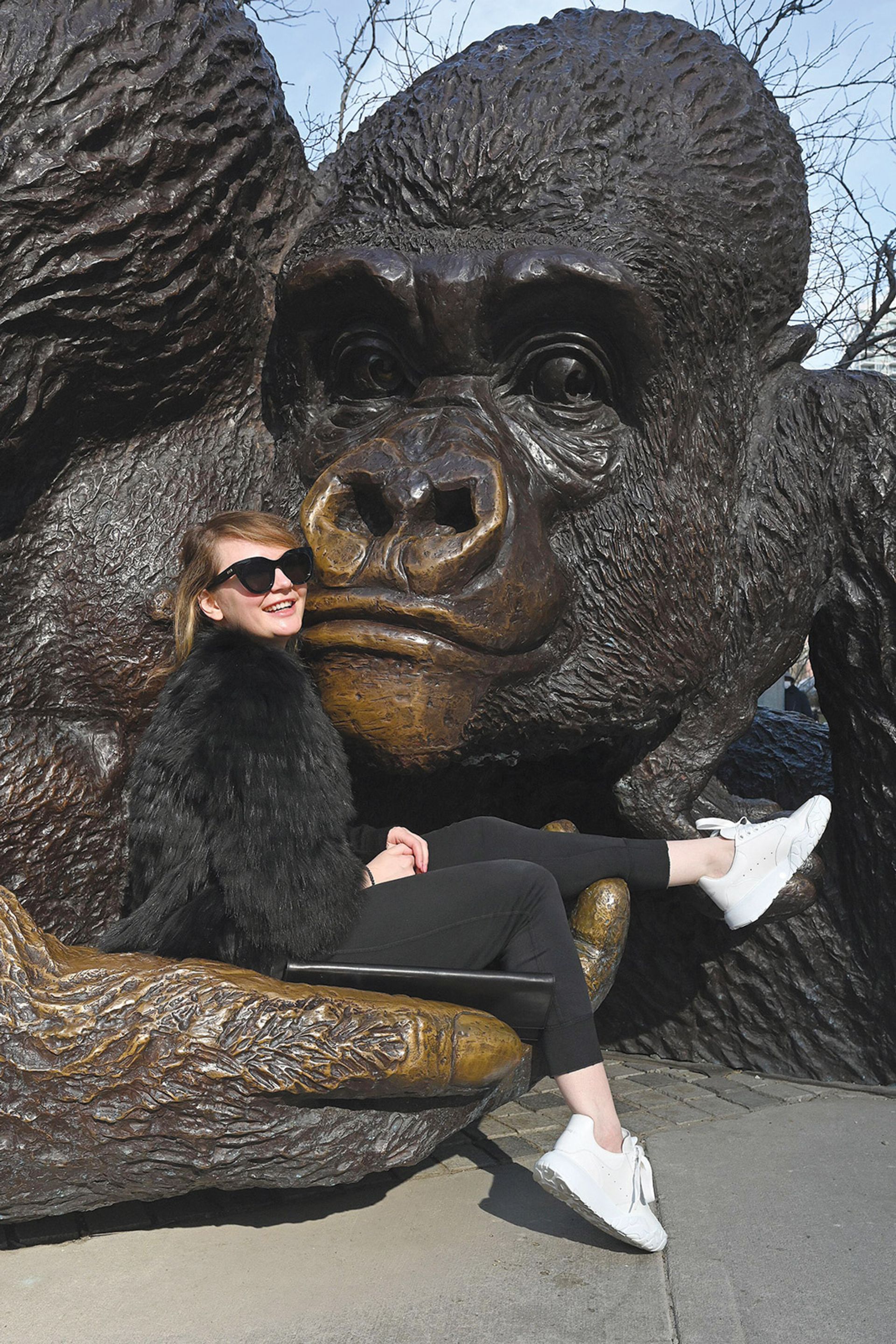If the seemingly endless fraud lawsuits and charges of antiquities trafficking are not enough to keep the art world on its toes, this autumn saw the arrest of another alleged con artist, who had—it appears—been enjoying the high life at the top of the market.
At the start of October, the Indian antiquities dealer Monson Mavunkal, based in Kerala in south India, was reportedly charged amid a string of fraud and breach-of-trust allegations, including claims involving a Picasso painting, “Saddam Hussein’s Koran” and a walking stick purportedly owned by Moses. Rather than conducting discreet sales made online or with a quiet handshake, Mavunkal is said to have attracted buyers by mixing with high-profile businessmen, film celebrities and politicians, accumulating a reported Rs 10 crore (almost £1m) in the process. According to numerous Indian media reports, while in custody, Mavunkal was also accused of sexually abusing a minor, his maid’s daughter—the allegation was still under investigation at the time of writing.
This would not be the first example of an individual deceiving people by embracing the lavish art world lifestyle. In July, the socialite and art dealer Angela Gulbenkian pleaded guilty to two counts of theft for fraudulent sales, including that of a pumpkin sculpture by Yayoi Kusama for £1.1m. The three-and-a-half-year sentence comes on top of ongoing accusations of Gulbenkian using her well-known family name and connections to aid deception and adds to allegations made in an ongoing lawsuit in Germany concerning an Andy Warhol portrait and a previous two-year sentence that followed her arrest in Lisbon in 2020.

Russian-born Anna Sorokin, who posed as fake German heiress Anna Delvey in an attempt to get funding for an invented art foundation. She was convicted of grand larceny and theft in New York in 2019
The Russian-born Anna Sorokin, who was famously convicted in 2019 for grand larceny, rose to the top by assuming the identity of a fake German heiress, named Anna Delvey, in order to swindle more than $200,000 of goods and services from banks and hotels who were fooled by her glamorous front.
“There does seem to be a pattern with such individuals of becoming embroiled within the social bubbles at the top end of the art world and of trying to maintain that position at all costs,” says Gareth Fletcher, the programme director for the MA in art logistics (including art crime) at Sotheby’s Institute. “There can also be a sense of ‘emperor’s new clothes’ in the art market, where everyone’s nodding along and doesn’t want to risk his/her own status by raising some frankly awkward questions about another person. With a market that relies on confidence, the charm many such criminals possess can also be seductive.”
More historic cases include John Drewe, the UK-based con artist whose elaborate false identities and extravagant tales (including his allegations of an international arms deals) helped pass the forgeries of Modern masters, created by his co-conspirator John Myatt, onto an unsuspecting art market. The judge at Drewe’s 1999 trial described him as the “chief architect” of a decade of deceit, able to cash in on “fakes good enough to provide you with the straw you needed and with expert forgeries and endless lies, you were able to spin it into gold”.
Meanwhile, a bewildering case in the US saw the forger Mark Landis pose as a philanthropist to donate fake works to numerous cultural institutions, before being outed by the Oklahoma City Museum when it discovered suspicious pieces in 2008. In this instance, no crime was committed (as no money was paid for the works), yet the damage incurred to art history over his 30-year deception remains
a concern.
“The art market is certainly more prone to acts of fraud than other sectors of the economy that are more highly regulated by various government agencies,” says Georges Lederman, a New York-based special counsel at law firm Withersworldwide focusing on white-collar crime. “The lack of transparency in art transactions, the premium placed on anonymity, the desire to conceal the source of funds used to purchase art all create an environment enabling international bad actors to perpetrate various frauds.”


